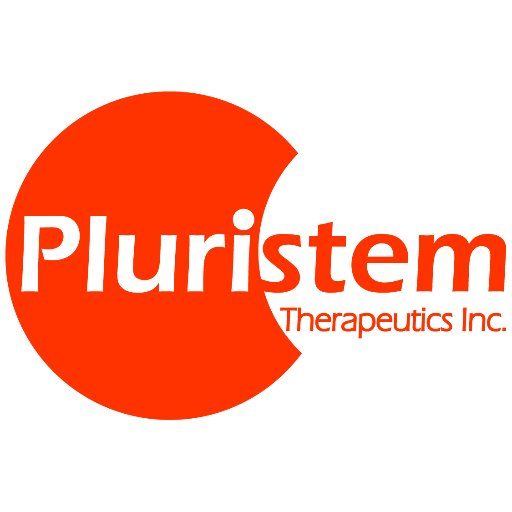
If we could point to one thing that keeps Big Pharma on top and smaller pharmaceutical companies dependent, it’s the exorbitant costs of phase III trials. 90% of the costs of clinical development come from here. It’s the size of these trials in terms of patient enrollment that is responsible for the extremely high costs. These costs effectively shut out smaller biotech companies from independently bringing their drugs to market, feeding Big Pharma with lucrative licensing deals. But it is just now becoming possible for smaller companies to independently, with a fair amount of ingenuity, fund phase III.
Pluristem Therapeutics Inc. (NASDAQ:PSTI) demonstrated this possibility yesterday, January 10th with its announcement that the FDA has approved the Phase III trial design for its PLX-PAD stem cell treatment candidate for critical limb ischemia (CLI). Enrollment is set to begin in the first half of this year.
What is exceptional about this trial is that it is only planning to enroll around 250 patients, and Pluristem believes this will be enough to support a biologics license application for marketing approval. CLI is a disease that affects 12% of the US adult population, not exactly a rare Orphan disease. It is typically caused by obesity, heavy smoking and/or diabetes. CLI is the result of a clogged vascular system in the limbs, leading to poor blood flow, ulcers that don’t heal, gangrene, and eventually amputation and death. The healthcare cost per patient is approximately $50,000, with 30 days of hospitalization per patient per year.
Given the incidence and prevalence of CLI, a phase III trial in a disease with this kind of patient population would typically require much more than 250 patients, so how was Pluristem able to get the trial design approved, not only by the FDA, but by European regulators as well? Success in this trial would underpin a marketing application in Europe to boot.
It’s Not the Patients, It’s the Data
What is most important for approval is not necessarily the number of patients, but the amount of data. Pluristem plans to inundate the FDA and the EMA with lots of efficacy data per patient, maximizing each enrollment and drastically cutting down on trial costs.
The treatment itself involves the injection of allogeneic off-the-shelf placental stem cells called PLX-PAD for placental expanded. The cells themselves are cultured in homegrown 3d bioreactors and have no immunogenicity, meaning no immune matching is required. Earlier clinical data reviewed in earlier expositions suggest that the cells help stimulate the generation of new vasculature in the affected limbs, essentially revascularization without surgery, which those enrolling in the trial are not viable candidates for anyway.
Instead of just waiting for the primary endpoint – time to death or amputation – to pass, Pluristem will be actively following patients every week for a month, then every three months until the last patient is enrolled. Over the entire course of the trial, Pluristem will be taking medical as well as economic data on each patient until the last patient is out of the study. This data collected will include costs incurred by each patient to the healthcare system from the moment of treatment until amputation or death, as well as mechanism of action and other safety data. Pluristem is basically trying to convince regulators that PLX-PAD will save money for the healthcare system, adding in the economic factor to a biological trial. Assuming it takes 2 years to complete enrollment of 250, the first patient will be followed for 3 years, and the final patient for 1 year post treatment.
With enrollment set to commence in the first half of this year, what do we have before then in terms of a catalyst for the stock? Pluristem has another PLX-PAD trial ongoing for intermittent claudication, an early stage form of CLI. Results for this Phase II trial should be out early 2018, and should give us a good indication of the chances of success for the more severe CLI.
Keep in mind there is no Big Pharma partnering here, and that Pluristem manufactures its own cells. If PLX-PAD is approved for the treatment of CLI, Pluristem could be in a position to become the Big Pharma it has so far refused to partner with. For a company that is now confirmed Phase III in a multibillion dollar disease that affects more than 1 in 10 adults, a sub $130 million valuation still seems way too low. Any positive data on its intermittent claudication trial could push that valuation much higher, regardless of what happens over the coming years regarding the CLI trial proper.




